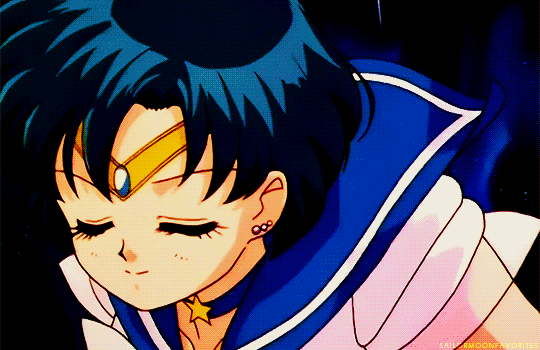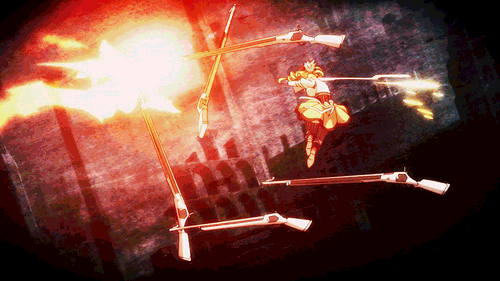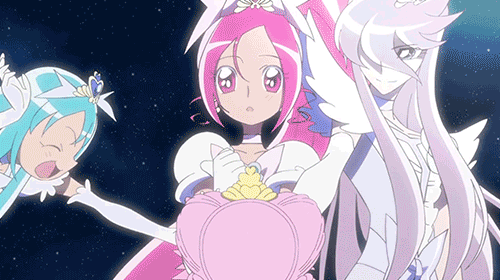“Sailor Moon” has been remade, “Madoka Magica” continues to hold its position as the biggest hit in the anime world over the past five years, and the magical girl genre is on the rise again. Anime featuring girls with magical powers transforming into super heroines has always been one of the most captivating genres since the inception of the medium. But what makes these magical girls so captivating to audiences worldwide? Is it simply because they are cute, or is there something more? In fact, there are three key reasons that contribute to the appeal of these magical girls among fans globally.
MAGICAL GIRLS ARE POWERFUL!
While the anime series most people associate with the magical girl genre is “Sailor Moon,” this genre has been around since the early days of anime. Alongside “Astro Boy,” one of the most famous works of Osamu Tezuka is “Princess Knight,” a manga about a princess who disguises herself as a boy to protect her kingdom. Although it doesn’t fully fit the mold of a magical girl (as the character merely dresses up without any magical transformation), “Princess Knight” established some of the fundamental elements of the genre: a girl who can change her form to do things that a normal girl cannot.
The powerful transformation of “Sailor Moon” into a magical girl superhero marked a significant shift. Prior to this, magical girls often lacked combat skills and were more often portrayed in comedic situations or slice-of-life stories. However, the magic and powers they wielded allowed for a more dynamic storytelling experience, showcasing their strength in ways that were previously unseen in the genre. While magical girls used to be portrayed as delicate princesses, modern magical girls often deal with a wider array of challenges and situations, making them more relatable to audiences.
These girls often use their strong magic to fight against evil or navigate the complexities of life, much like pop idols. This genre has remained prevalent through the decades with series like “Himitsu no Akko-chan,” “Sally the Witch,” and “Creamy Mami.” The magical girl trope has evolved significantly over the years, maintaining pressure to adapt and innovate while still holding on to the strong themes of empowerment and individual identity.
“Sailor Moon” specifically combines the magical girl genre with aspects of another popular Japanese genre known as tokusatsu. This live-action genre typically features teams of heroes in colorful costumes who fight against evil forces. Even if you’ve never heard of this genre, it’s essential to check out its most famous series, “Power Rangers,” which is a Western adaptation of “Super Sentai,” one of the most well-known franchises in the tokusatsu genre. “Sailor Moon” was born from this combination, drawing on elements from both genres, resulting in one of the most iconic anime franchises in history.
At that time, girls wanted to prove that they could save the world just as well as boys. Wearing short skirts with everyday materials, “Sailor Moon” conveyed a message that girls could also be heroes, leading battles, or becoming super heroines while still maintaining their femininity. The series quickly became popular, and nowadays, it’s hard to find an anime in this genre that doesn’t follow the path set by “Sailor Moon.” Although there are still magical girl shows, the unique characteristics of “Sailor Moon” remain a strong influence in the community.
MAGICAL GIRLS AND FRIENDSHIP
One of the most delightful aspects for magical girl fans is witnessing the friendships between the characters. There are moments when fans dive into wikis of series they haven’t watched, just to admire the colorful ensembles, transformations, and themes of teamwork.
Much like “Super Sentai,” the appeal of magical girls also lies in how they can transform into characters of their dreams. Starting this article, there’s likely an association with vibrant colors, transformations, and strong themes of friendship. These shows are designed to resonate with fans, often creating characters who embody various aspects of individuality and personality traits. Again, “Sailor Moon” took this to a whole new level, incorporating the importance of teamwork and friendship in overcoming challenges.
“Super Sentai” features colorful spandex suits, and the magical girl teams also wear matching outfits (short skirts and tops) with various designs that reflect their personalities. Notably, each character within a group contributes to a shared narrative while maintaining their distinctiveness, allowing for the exploration of themes like individuality and cooperation in the face of adversity. These magical girls have evolved from simply being targeted at a younger audience to becoming complex characters who can tackle profound themes in their stories.
MAGICAL GIRLS AND EMOTIONS
The magical girl genre has transitioned into a narrative that emphasizes the emotional bonds between girls, especially as they navigate their friendships. These shows often focus on the empowerment and strength of female characters, showcasing their relationships as they grow and mature together. In “Sailor Moon,” the relationship between Usagi and Tuxedo Mask serves as a pivotal subplot but is repeatedly overshadowed by Usagi’s interactions with her friends. This dynamic resonates with many fans, emphasizing the importance of friendship and loyalty.
These girls experience challenges just like any ordinary group of friends, even as they navigate their emotions and conflicts (particularly evident between Usagi and Rei), showcasing the ups and downs of friendship. The strength of their bonds is often tested, but ultimately, they remain united in their purpose to combat evil. This portrayal of friendship among magical girls has become a beloved trait for fans, underscoring the genre’s focus on camaraderie and loyalty.
In conclusion, the magical girl genre is known for its strong themes of empowerment and the importance of friendship, especially as female characters continue to rise in strength and influence within the fan community. This genre is poised to evolve even further as it embraces new narratives and themes.
Source: Animenewsnetwork
























